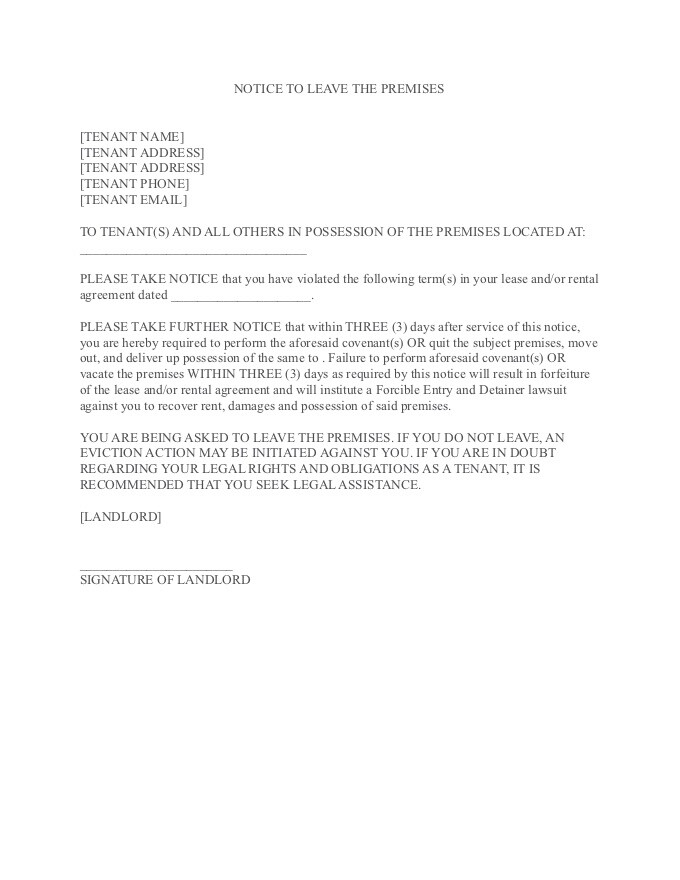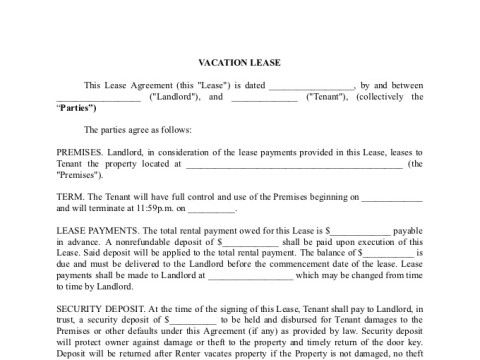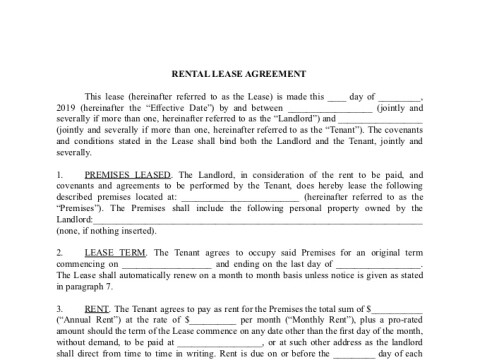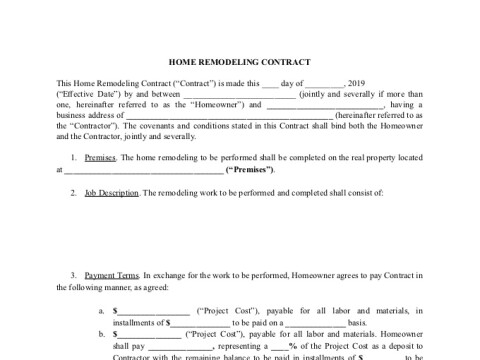What Landlords Should Know About Using Eviction Notice Templates
Looking for an eviction notice to use for your business? We’ve got a template ready to be customized for your needs today.
Download Template
The role of landlord can be deeply fulfilling, but it also encompasses a few dreaded tasks. Eviction, in particular, is an unpleasant affair — but it's sometimes required to ensure tenant safety or business solvency.
While eviction is often a chief strategy for addressing landlord challenges, it delivers several risks and hazards of its own. These can be addressed with a strategically drafted eviction notice, which not only communicates the need for the tenant to leave the leased or rented premises, but also, protects the landlord or management company.
Many landlords rely on eviction notice templates, which help them ensure that they are fully protected as they deliver information that their tenants are unlikely to enjoy hearing. These templates can be helpful, but landlords should not be content to simply sign them and move on. Rather, they should understand every paragraph included in the notice — and make any necessary adjustments to ensure that these are relevant to the situation at hand. We discuss this process in detail below:
What Should an Eviction Notice Include?
Eviction notices should be both thorough and succinct. An eviction notice template should ensure that you cover all essentials without confusing recipients. The ideal eviction notice template will include these key elements:
- The tenant's contact information. This section should provide the name, address, email address, and phone number of the tenant.
- A brief description of the terms violated by the tenant. Why is the tenant in violation of his or her lease agreement? Highlight which terms were violated by the tenant — and when the original lease agreement including these terms was signed.
- Opportunities to rectify the situation. Depending on the tenant issues, it may be possible to address the problem without needing to vacate the property. If this is possible, the eviction notice should explain what the tenant needs to do to remain on premises. Be sure to highlight the deadline for fulfilling these terms.
- A warning about eviction action. After reading the notice, the tenant should understand that the failure to fulfill the identified requirements or vacate the premises will result in eviction action. This section can also explain that the tenant is entitled (and recommended) to seek legal assistance if any doubt regarding legal rights or obligations exists.
Mistakes to Avoid
An eviction notice template can provide much-needed guidance, but it cannot be relied on alone to get tenants to cooperate. What's more, if the notice is not properly drafted or customized, the eviction could potentially be unenforceable. To prevent this, take care to avoid the following mistakes:
- Not abiding by local legislation. Landlord-tenant laws vary dramatically from one state to the next. Many of these requirements reference the need for advance notice. If insufficient notice is provided, the entire eviction could be dismissed. Keep in mind that the amount of notice may differ based on the reason for the eviction. Take a close look at all local requirements and adjust the template accordingly to ensure that the notice is appropriate for use in your state.
- Failing to prepare for the post-notice eviction process. The eviction notice simply serves as a warning to the tenant. While this alone often convinces tenants to change their behavior or leave the premises on their own, many landlords are forced to take further action. It's important to understand what this process might look like before serving the official notice.
How Nitro Can Help Landlords


